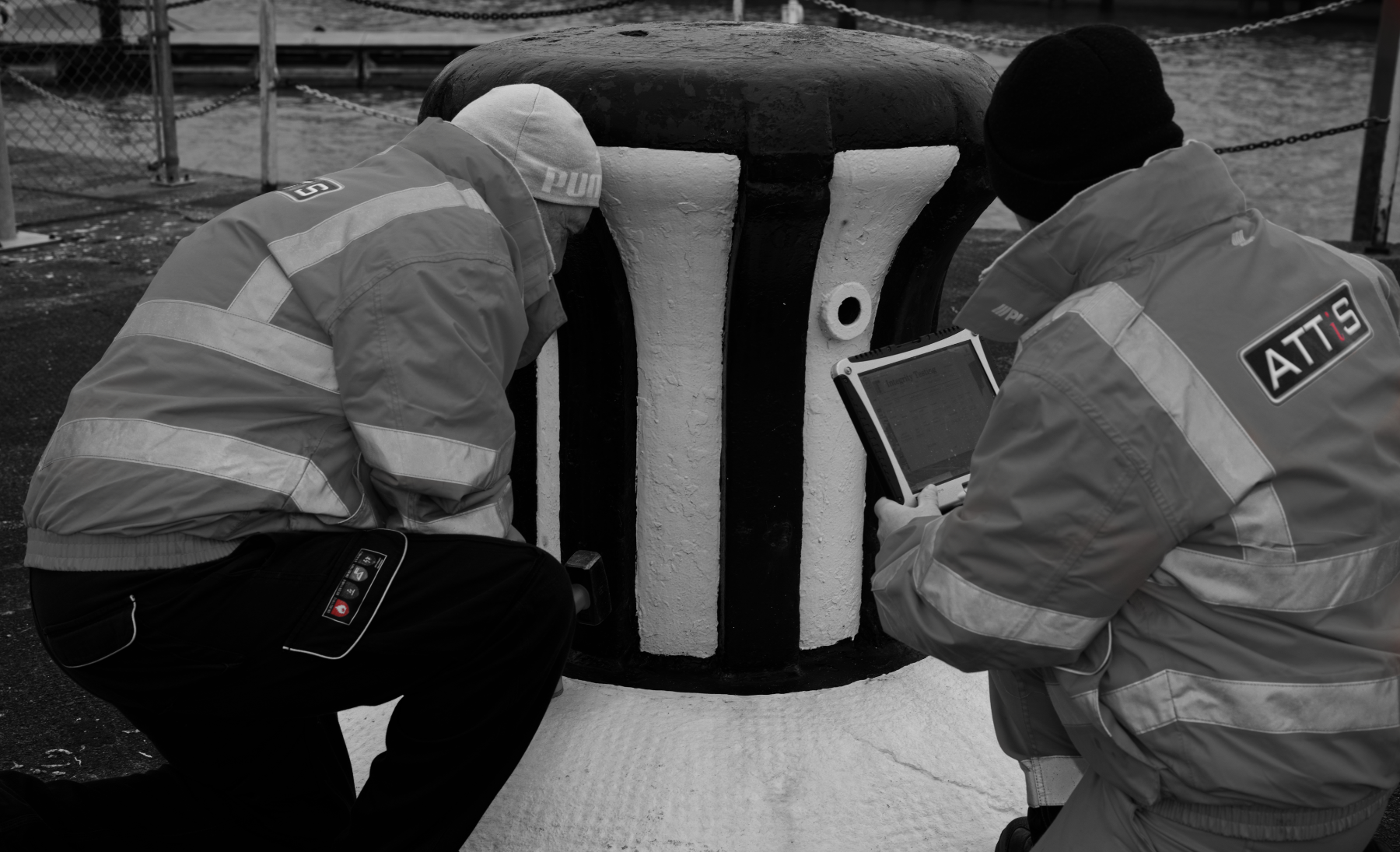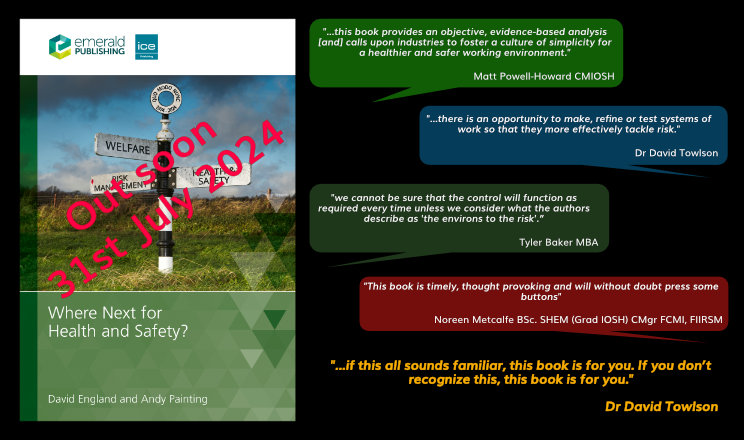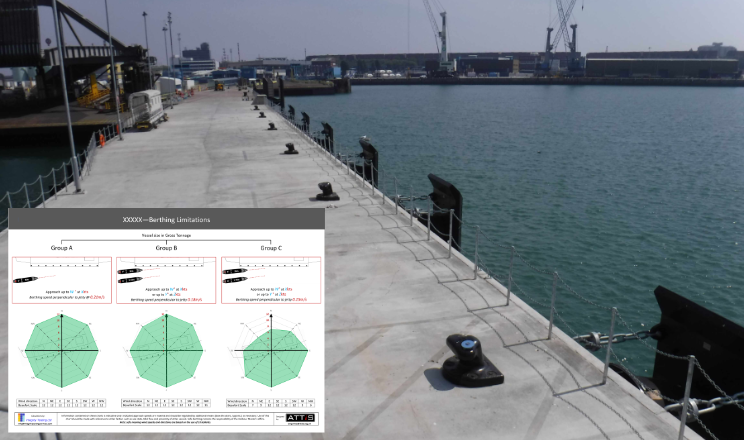Accidents - Cause and Effect
David England

Accidents will happen
They do say that “accidents will happen”, but this is no justification in the workplace. UK law requires that accidents are recorded and investigated – but what constitutes an accident, and where does one start in investigating them?
Firstly, we need to understand the language of accident investigation. Consider a badly loaded pallet of boxes in a warehouse, so poorly stacked it is bound to collapse. This is called an undesired circumstance: a situation that has the potential to cause harm. If the pallet collapses just after someone has walked past, this is called a near miss: an event that had the potential to cause harm. If the pallet topples over onto someone then this is clearly an accident: an event that results in harm. Many studies have been conducted into accident theory and analysis but essentially the premise is the same: the more undesired circumstances there are, the more likely there will be near misses and the more likely one of these will result in an accident.
The word accident is also something of a misnomer. It suggests an event for which there was no control, a circumstance that arose from nowhere. In fact, very few ‘accidents’ have no underlying cause. This is why the police no longer refer to road traffic accidents (RTA), preferring to call them road traffic incident (RTI) or collision (RTC). This, for the investigating authorities, suggests there is an element of blame attached.
But we are not looking for blame in the workplace. Our poorly stacked pallet may have arrived like it; it may have collapsed under its own weight or have been hit by a forklift. However, as you may infer from this, the reason the pallet is about to collapse has an underlying cause, which may be one or more of the following:
- Insufficiently strong boxes,
- Boxes poorly interlaced,
- Pallet stacked too high,
- Product in the boxes too heavy,
- Poor loading by the courier,
- Courier driver driving erratically,
- Courier vehicle in poor condition,
- Load not properly secured in the courier vehicle,
- Poor training at the despatch location,
- Poor training at the receiving location,
- Incorrect forklift technique,
- Poor layout of the warehouse.
It is these causes that we should seek to understand in order to prevent it happening again. By preventing further instances of poorly stacked pallets we are preventing the possibility of an accident occurring.
So should we investigate every poorly stacked pallet that arrives at our warehouse, when it receives a thousand pallets a day? That sounds like a full-time job! An investigation at this level, into an undesired circumstance, could be as simple as noting the consignment details, the courier, the time and date and then assigning a trained crew to disassemble and reassemble the pallet. Simply recording this data in our diaries might help to identify a rogue courier or a supplier with shoddy pallet wrapping equipment or an errant driver. We make a call, have a conversation with them and the problem is resolved. Fewer undesired events lead to fewer near misses and hence fewer accidents.
Proper accident investigation is a time consuming and often unsettling business. Dealing with injured people, startled witnesses, clearing up afterwards, losses in production – it can all take a toll on a business and its staff. Dealing with undesired circumstances may seem trivial, but it can prevent accidents from happening at source. Getting your staff on side, encouraging them to point out potentially dangerous situations, is the first step to reducing the losses associated with accidents. Have regular team talks, make frequent visits to the shop floor specifically to see what goes on and ask questions. But remember, it isn’t about looking for someone to blame, it’s about looking to make things safer and more productive for everyone. Safety may not be cheap, but compared to an accident it could be priceless.





